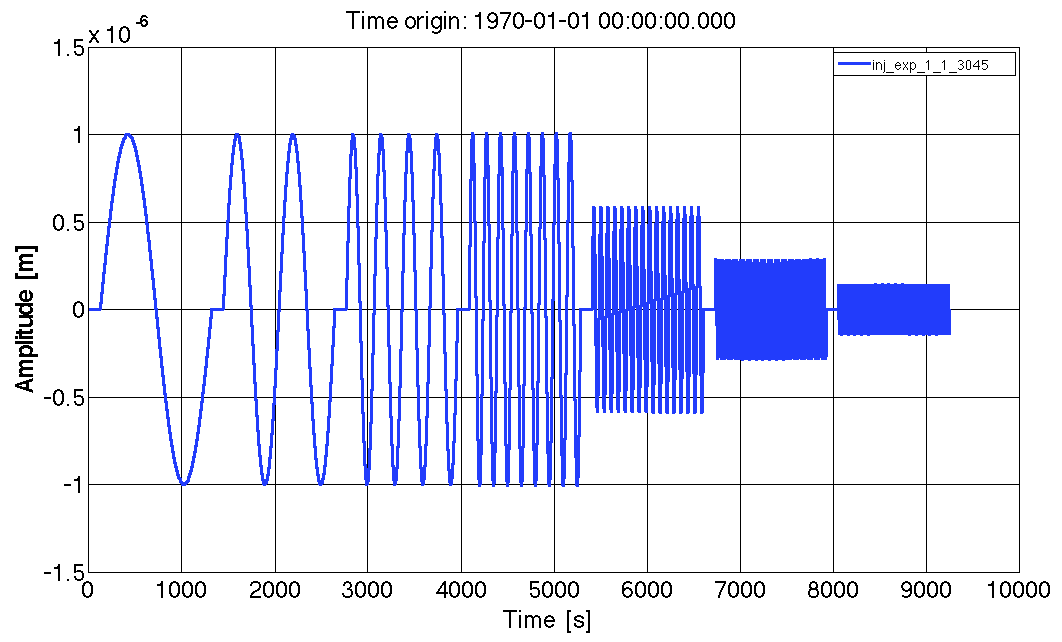

| LTPDA Toolbox™ | contents |   |
Building signals in LTPDA can be done in various ways. Perhaps you already have data in a text file, or you have a formula for a particular time-series. These can all be accommodated by the AO constructor.
Another useful way to build template signals is by using so-called 'built-in models'. These built-in models serve as kind-of user-defined constructors. They typicall output objects of a particular type, with the exact details of the object being governed by a few configuration parameters. For example, you've already used a built-in model to build a particular kind of ssm object -- the LPF model. We also have built-in models for some of the signal templates indended for use in some of the LPF system identification experiments.
If you launch the LTPDA model browser, you can browse the various built-in models available to LTPDA on your system. To launch the browser, do:
>> LTPDAModelBrowser
>> ao.getBuiltInModels
The battery of signals prescribed in S2-UTN-TN-3045 for the first system identification experiment can be built using the following command:
>> sig = ao(plist('built-in', 'signals_3045_1_1'));

>> help ao_model_signals_3045_1_1
>> help [class]_model_[model name]
>> sig = ao(plist('built-in', 'signals_3045_1_1', 'gaps', 1000));
 |
LPF model inputs | How to inject signals |  |
©LTP Team